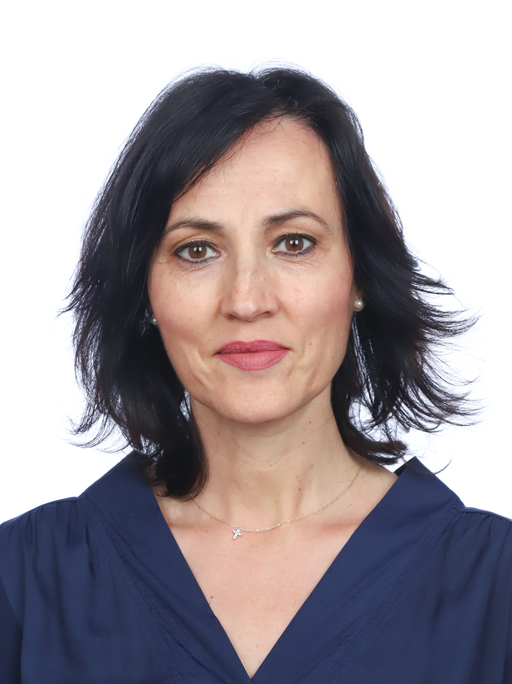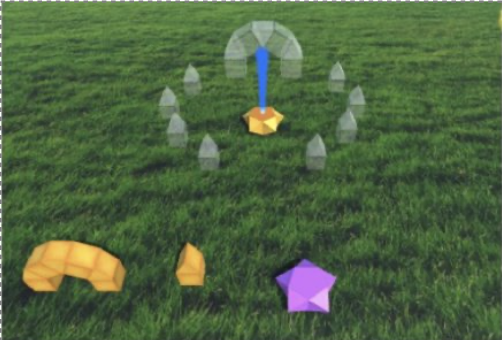
GeoPieces Games
Learning by doing. Many studies claim that the best way of teaching is by making the students interact with what they want to learn. Accordingly, this set of games aims to provide teachers with an aiding tool, specifically in the field of geometry teaching during the last years of primary school.
The game consists of a series of campaigns that the students will have to finish in order to obtain complex 3D objects from simpler three-dimensional shapes. To gain them, it will be necessary to get first some 2D shapes through a series of level-adjusted missions, chosen according to the student’s acquired competences and which, in practice, will become ever more complex. Once this is accomplished, the game enters a second phase in which these flat shapes must be combined to get, through unfoldings, basic 3D objects. The performance speed and the mistakes made will be taken into account in order to achieve the campaign goals.
GeoPieces 2D
This part of the game, GeoPieces2D developed by David Rausell, has related to solve 2D geometrical problems identifying figures, symmetries, areas, etc.. The findings will be usable in the next part of the game to fold and unfold 3D objects.
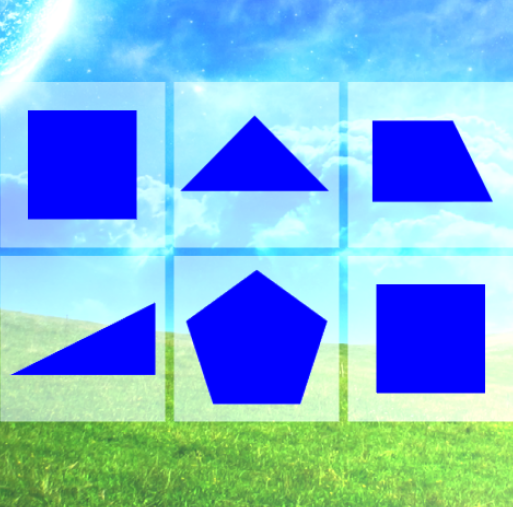
GeoPieces 2D-3D
In this mode of GeoPieces2D-3D (developed by Sergi Cebrian), the player will construct 3D figures starting from the 2D polygons obtained in the previous challenges.

GeoPieces 3D
In GeoPieces 3D, the player has to construct the final figure in the 3D space. This paft has been developed by Leandro Zardain.
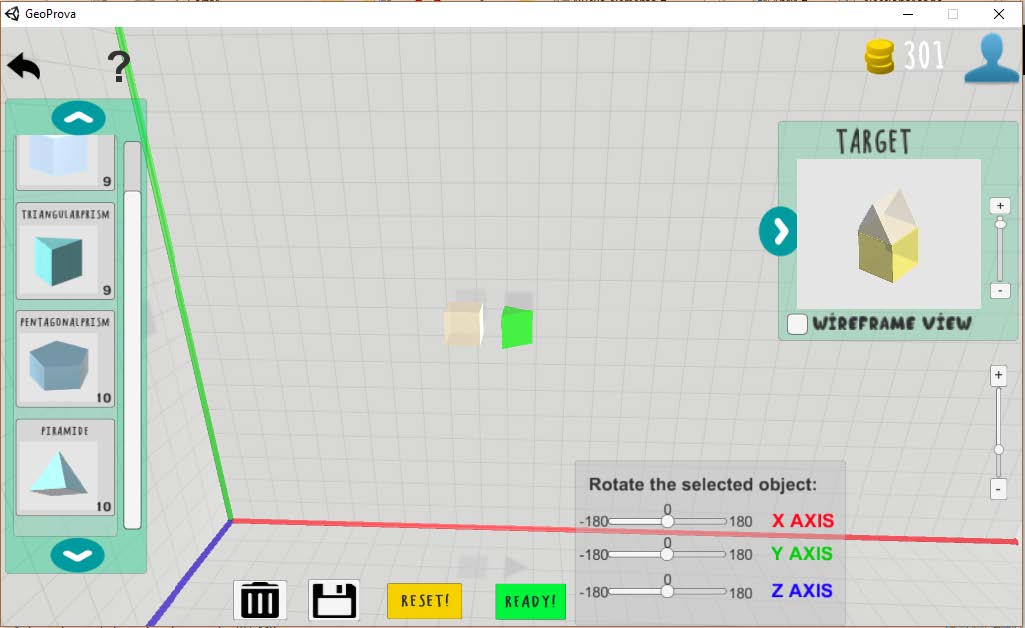
GeoPieces - analysis of the first version
In this project we analyze the performance of the game in a real experience in a High School. The obtained results in the group who played the game in front of the control group are very promising in terms of engagement and motivation. The evaluation has been conducted by Gonzalo Panella.
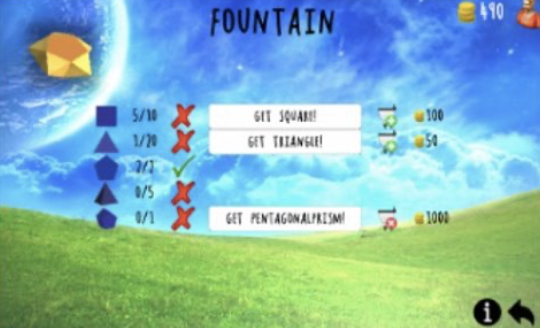
Geopieces new version - A sudoku of projections
This is a new version of the 2D challenges and the 3D reconstruction using three projections of the object to be reconstructed. This complete game has been developed by Oriol Sors. First of all, students have to collect objects in three mini-games: GeoCollect, GeoTatami and GeoFootball.
 |
 |
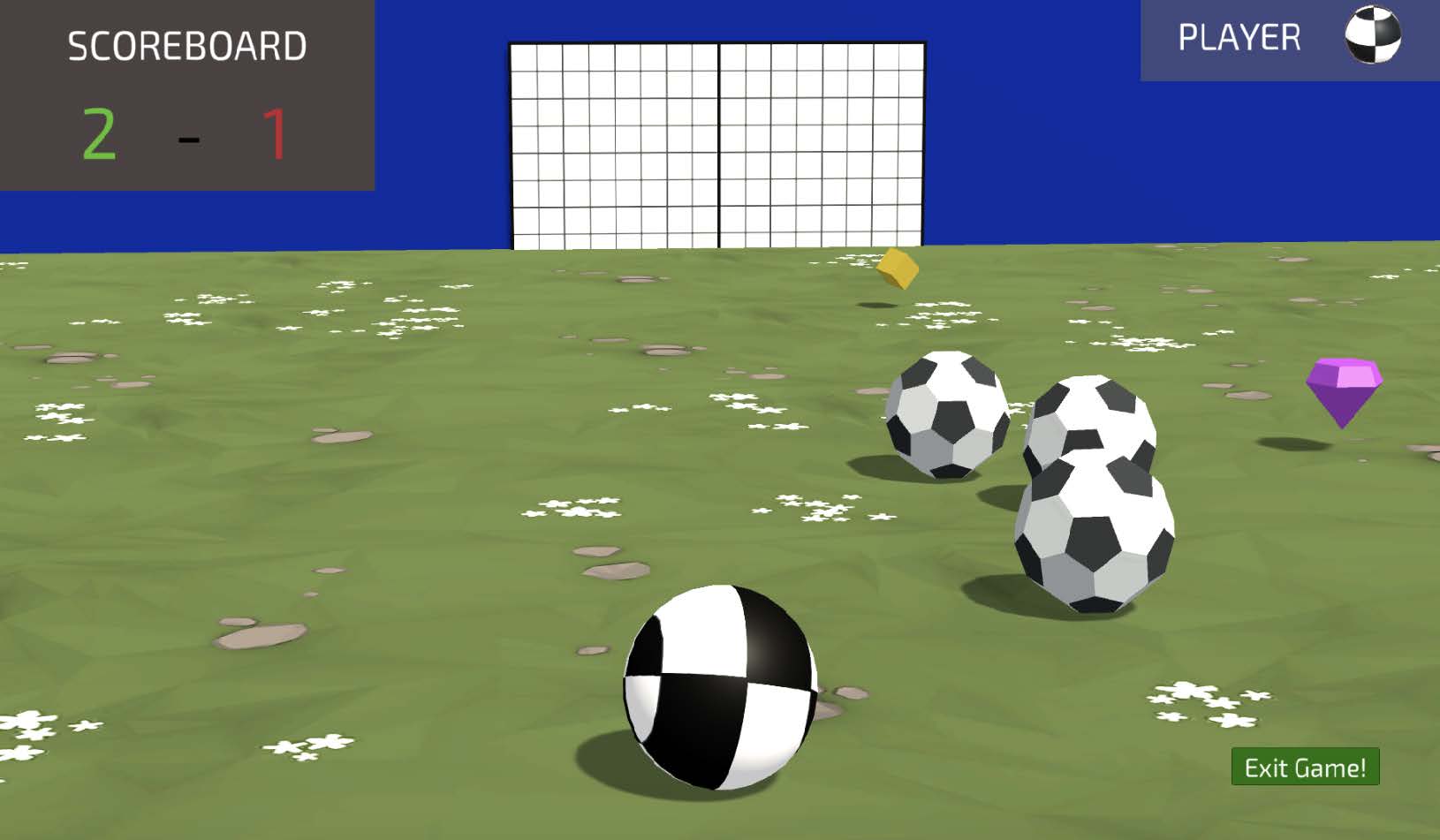 |
After that, they can reconstruct a 3D object by ensambling different 3D basic primitives:
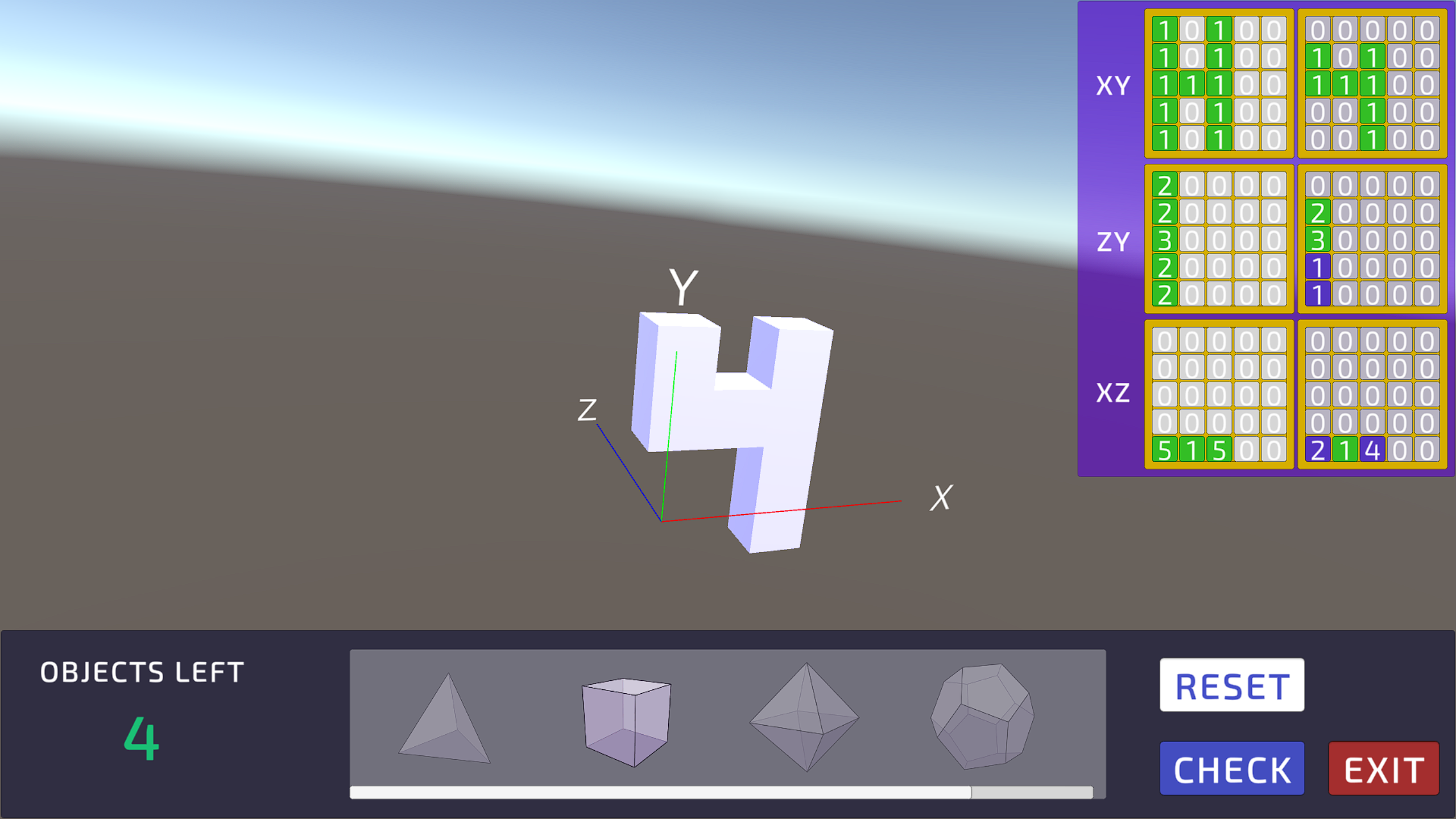
In summary, we can play following the next schema:
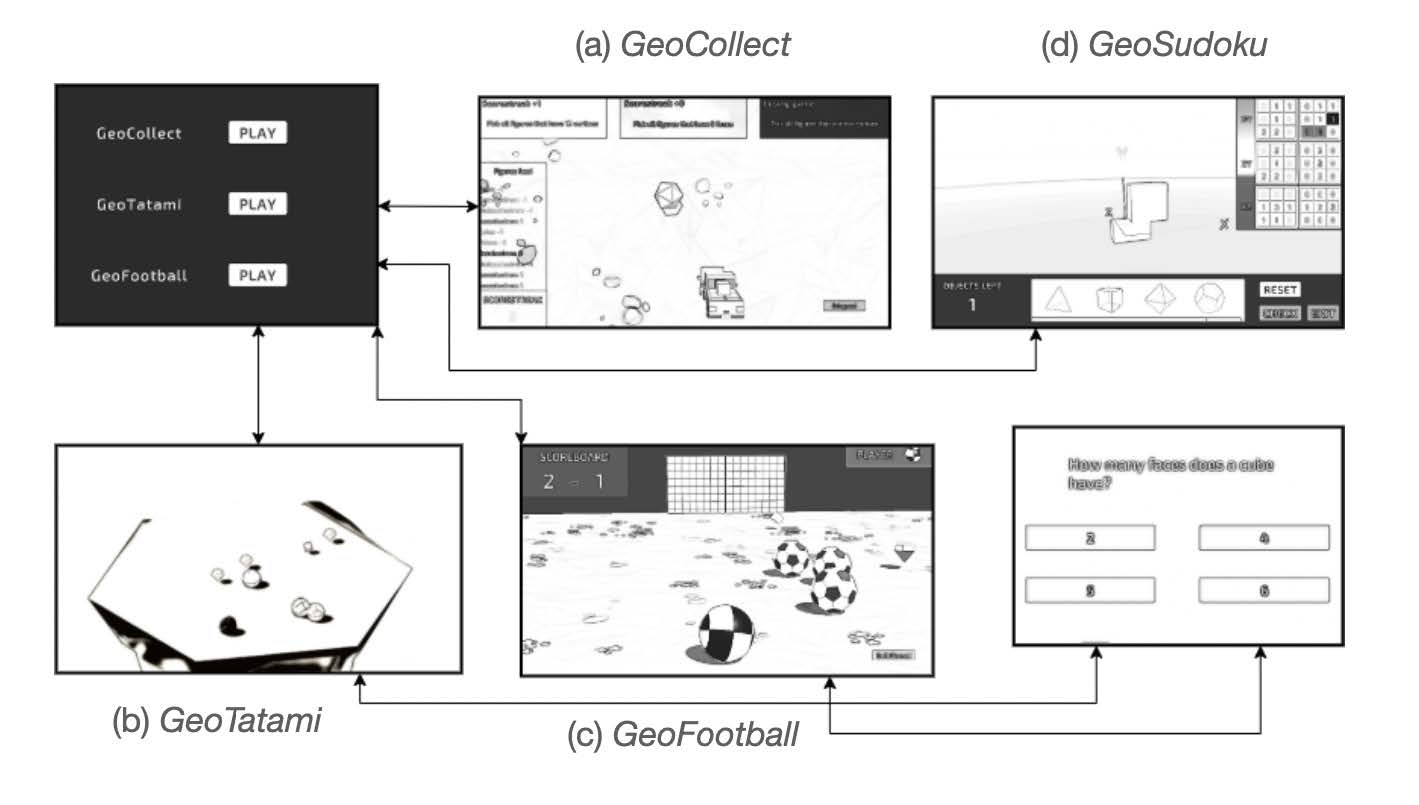
In all cases, teachers can create challenges, assign them to the students, and, then, students can play a new game in each session.
People
Sergi Cebrian
David Rausell



